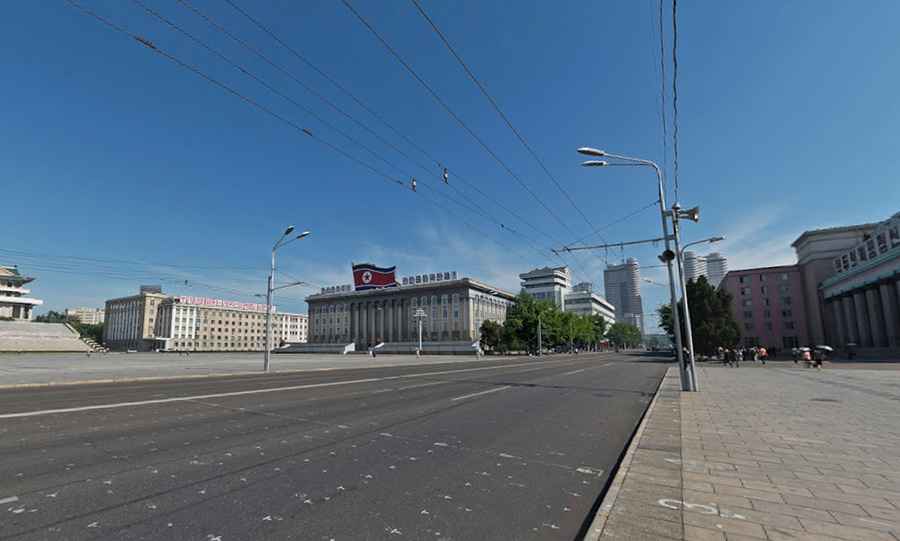North Korea's Road Network: Wide Highways, Sparse Traffic, and Rough Rides
North Korea's road network presents a striking contrast: broad, strategically built highways that are largely empty, yet often in poor repair. The road system plays a decidedly secondary role to the country’s rail network, which carries the vast majority of freight.

Key Facts and Figures
- Total Length: The estimated road network length is modest, typically cited between 26,000 and 31,200 km.
- Paved Percentage: Only a small fraction of the roads are paved. Reports suggest that, excluding motorways, as little as 10% of the network is surfaced.
- Classification: The roads are formally categorized into six levels (1 to 6) in addition to the expressways, known as motorways.
The Major Motorways
The country’s most prominent roads are its multi-lane motorways (expressways), built primarily to connect the capital, Pyongyang, to other major centers. These roads were often constructed for strategic and military reasons, as well as to showcase development to foreign visitors.
Notable examples include:
- Pyongyang–Wonsan Motorway
- Youth Hero Motorway (Pyongyang to Nampo)
- Pyongyang–Kaesong Motorway (often referred to as the Reunification Highway)
Road Quality and Conditions
The driving experience outside of downtown Pyongyang is characterized by significant deterioration.
Location | Condition Profile |
Major Highways | Despite being wide and multi-lane, they are frequently reported to be in a state of disrepair. A lack of maintenance and subpar materials results in numerous potholes and a notably bumpy ride. |
City Roads | Roads within downtown Pyongyang are generally wider and tend to be in better condition than the major highways and rural routes. |
Traffic | Traffic is extremely light. Due to minimal private car ownership and state control over most vehicles, the major highways are often described as being almost devoid of traffic. |
Infrastructure | Overall road safety features and essential infrastructure like drainage are often neglected, reflecting the secondary importance of the network. |
In essence, North Korea’s roads are expansive in their strategic design but limited in their accessibility and consistency in quality.
Pic: Aram Pan (Singapore360)